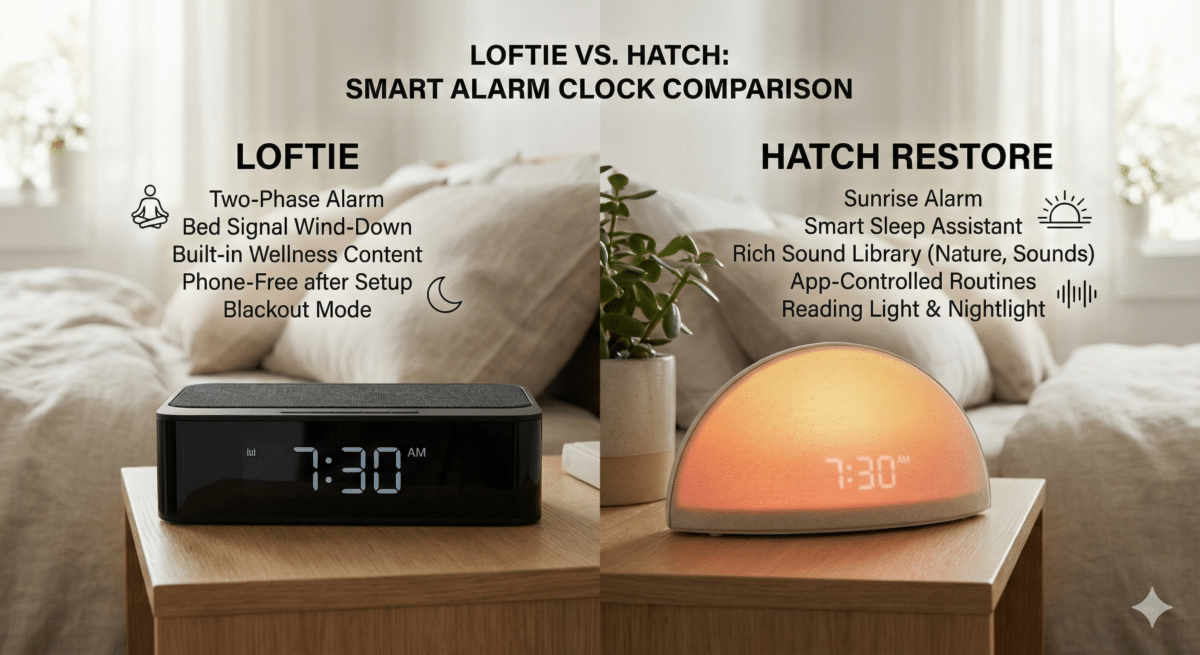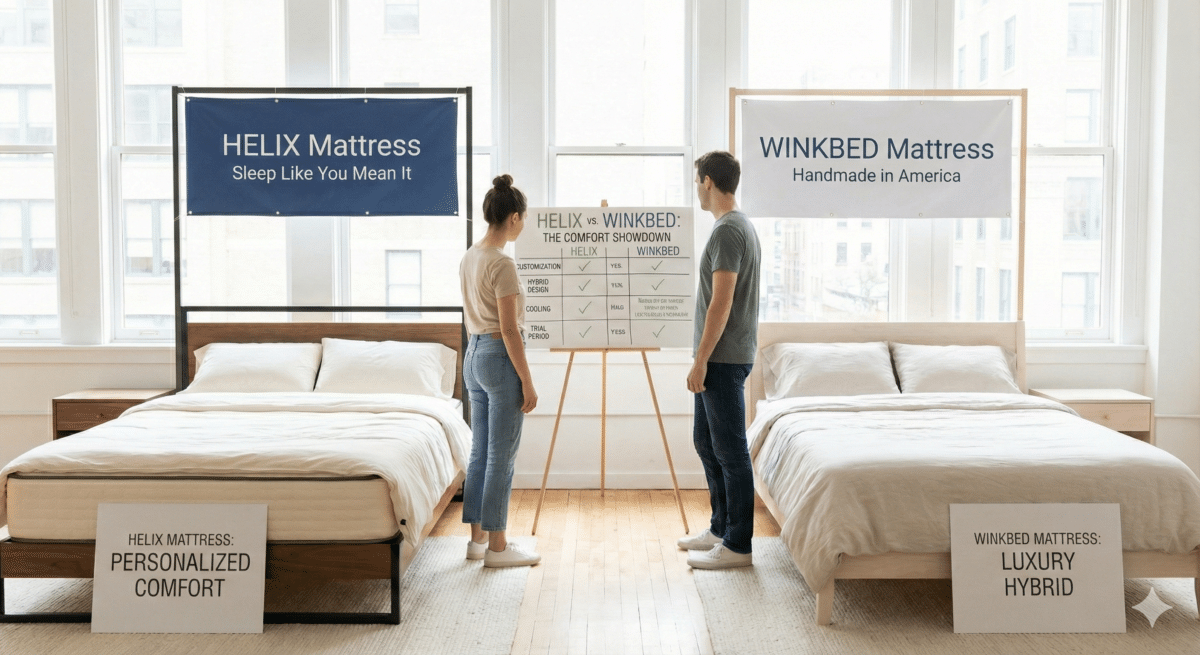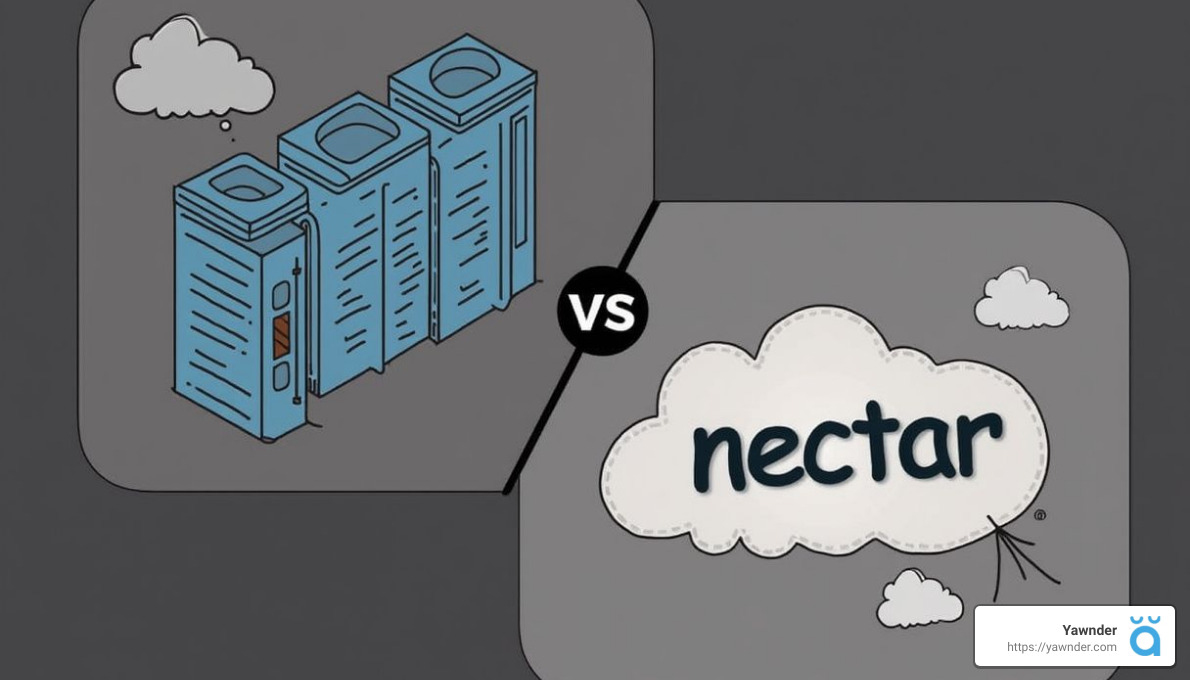Top Sleep Education Resources: Improve Your Sleep Knowledge
Are you seeking effective sleep education resources? Look no further! We aim to elevate your understanding of sleep’s importance and help you develop healthier sleep habits.
Understanding the Importance of Sleep Education
A good night’s sleep is as essential to our well-being as a balanced diet and regular exercise. Unfortunately, many, particularly children and teenagers, often underestimate sleep’s significance. As sleep researcher William C. Dement famously said, “Sleep is the golden chain that ties health and our bodies together.” This statement underscores sleep’s profound influence on our physical and mental health.
Sleep education arms individuals with the knowledge of why sleep matters and how to cultivate good habits, enabling everyone, from young students to busy professionals, to recharge effectively and reclaim their daily vitality.
I’m Ben Trapskin, the founder of Yawnder. My personal journey with sleep struggles led me to explore various sleep education resources that significantly improved my health. Join me as we delve into the best resources available to elevate your sleep knowledge.
Why Sleep Education Matters
Understanding the impact of sleep is vital across various dimensions of life. Here, we break down the critical reasons for prioritizing sleep education.
Physical Health
Quality sleep is fundamental to overall physical health. The American Academy of Sleep Medicine recommends that children aged 6-13 obtain 9-11 hours of sleep, while teenagers require 8-10 hours. Adequate sleep supports growth, muscle repair, and boosts the immune system. Conversely, poor sleep is linked to serious health challenges like obesity, diabetes, and cardiovascular diseases. A study from Penn State University indicates that insomnia heightens the risk of chronic health issues, including heart disease.
Mental Health
The connection between sleep and mental well-being is undeniable. Insufficient sleep can lead to negative mood fluctuations, anxiety, and depression. Programs like the Sleep Right, Sleep Tight lesson plan for middle schoolers articulate the mental benefits of sleep, including enhanced mood and decreased stress. A well-rested mind performs better, aiding in emotional regulation and mental clarity.
Academic Performance
For students, sleep is a game-changer. Educational programs such as Sleep 101 illustrate the correlation between sleep quality and academic success. Sleep-deprived students often struggle with focus and retention, resulting in decreased performance. The American Academy of Sleep Medicine has crafted programs attuned to various age groups, emphasizing how sleep enhances cognitive functions and learning abilities.
Emotional Well-Being
Good sleep habits are critical for emotional stability. Consistent, quality sleep facilitates better stress management and a positive demeanor. The “Circadian Rhythms and Sleep” lesson plan highlights how sleep contributes to emotional health. Improved sleep habits can enhance social relationships and job performance, as noted by sleep scientist Soomi Lee from Penn State University.
Ultimately, sleep education resources play a pivotal role in helping individuals understand these advantages. They offer actionable tips and strategies to enhance sleep habits, making restful nights a practical goal for all.
Top Sleep Education Resources
American Academy of Sleep Medicine (AASM)
As a leading authority on sleep health, the AASM provides a wealth of education resources accessible to the public and healthcare professionals alike.
– Public Resources: User-friendly tools for patients, from sleep disorder insights to treatment information.
– Professional Resources: Clinical guidelines, toolkits, webinars, and continuing education certifications for providers.
National Sleep Foundation (NSF)
Dedicated to the promotion of sleep health, the NSF offers invaluable resources for both the public and professionals.
– Public Resources: Practical tips for better sleep practices, insightful blog articles, and awareness campaigns.
– Professional Resources: Comprehensive guidelines, research documentation, and sleep health tools.
National Center on Sleep Disorders Research (NCSDR)
The NCSDR champions research and education aimed at fostering better sleep health.
– Patient Resources: Informational guides on healthy sleep habits and videos explaining various sleep disorders.
– Healthcare Provider Resources: Publications and funding opportunities dedicated to sleep research.
Sleep Research Society (SRS)
A vital organization focused on sleep science, the SRS provides numerous tools for both the public and its members.
– Public Resources: Engaging podcasts sharing the latest sleep research and health topics.
– Member Resources: Educational webinars, professional development courses, and training seminars.
National Highway Traffic Safety Administration (NHTSA)
This organization is committed to reducing road accidents linked to drowsy driving.
– Public Resources: Informative materials on drowsy driving prevention, safety tips, and statistics.
These organizations collectively offer an array of sleep education resources invaluable for anyone eager to enhance their sleep quality and overall wellness.
Sleep Education Resources Tailored for Different Age Groups
Children (Grades 3-5)
Sleep Smart Lesson Plan: This engaging resource from the AASM, created in partnership with Young Minds Inspired, helps kids grasp the importance of sleep through interactive activities including sleep diaries to track their patterns.
Middle School (Grades 6-8)
Sleep Right, Sleep Tight Lesson Plan: This program emphasizes the health connections tied to sleep, encouraging students to raise awareness through poster projects promoting healthy sleep habits.
High School (Grades 9-12)
Sleep 101 Education Program: Developed by Healthy Hours and Harvard experts, this interactive program utilizes videos and engaging activities to explore how sleep affects student life.
Sleep Well Education Program: Focuses on self-assessment and personal sleep plans to foster better sleep behaviors among high schoolers.
Practical Tips for Better Sleep
Incorporating constructive sleep habits can dramatically enhance the quality of your rest. Here are some straightforward strategies:
Consistent Routine
Establishing a regular sleep and wake schedule can help regulate your internal clock. Aim to go to bed and rise at the same time daily, even on weekends.
Morning Light
Expose yourself to natural light soon after waking. A morning stroll or breakfast by a sunny window can help kickstart your circadian rhythm.
Regular Exercise
Aim for at least 30 minutes of moderate activity on most days, while avoiding vigorous workouts close to bedtime.
Limit Caffeine
Be cautious about caffeine intake, especially in the afternoon and evening, to avoid sleep disruptions later.
Relaxation Techniques
Before bedtime, engage in relaxation practices such as reading, stretching, or meditation to signal to your body it’s time to wind down.
Implementing these simple strategies can significantly enhance your sleep quality and overall health.
Conclusion
In summary, the significance of sleep education cannot be overstated. At Yawnder, we are dedicated to providing essential sleep education resources that truly make a difference in your well-being.
Understanding sleep’s pivotal role enables us to adopt healthier habits. The resources from esteemed organizations like the American Academy of Sleep Medicine present invaluable opportunities for both educators and students to foster better sleep routines.
Better sleep starts with minor adjustments. Whether it’s establishing a consistent bedtime, minimizing screen time before sleep, or practicing relaxation techniques, every step contributes to a healthier lifestyle.
Prioritize your sleep to unlock the numerous benefits of restorative rest. As William C. Dement articulated, “Sleep is the golden chain that ties health and our bodies together.” Explore more on how you can enhance your sleep at Yawnder and embark on your journey to improved sleep today.


















